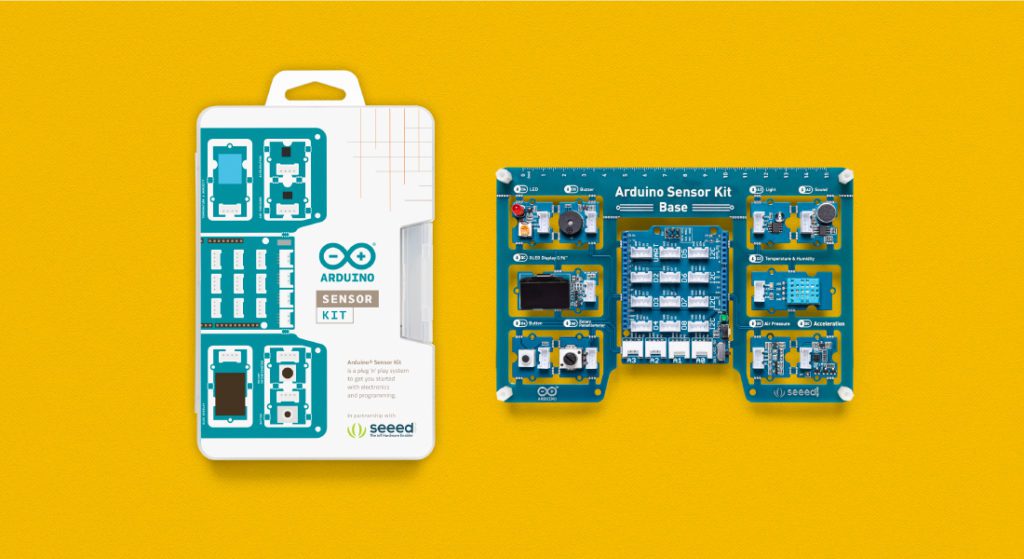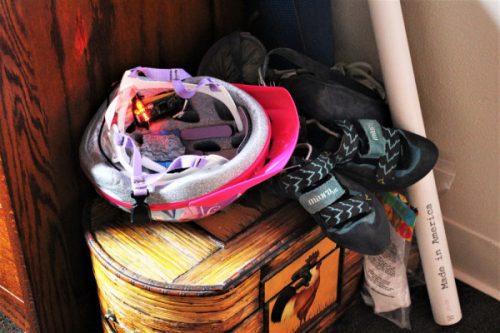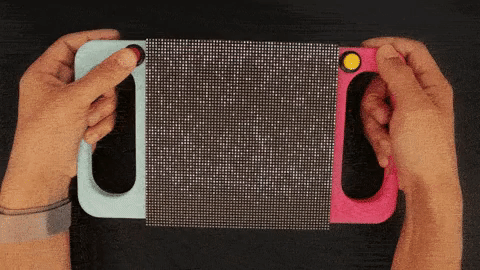Schlagwort: Accelerometer
-

Cabin Cloud: bump-free travel on the night bus
Reading Time: 2 minutesPlanes, trains, and automobiles — we all have our preference. And at one company in California, the team is trying to smooth bus travel to broaden commuters’ options for a blissful night’s sleep. Leaving on a jet plane Not everyone wants to fly. While many enjoy the feel of take-off and landing…
-

Safety first: a Raspberry Pi safety helmet
Reading Time: 3 minutesJennifer Fox is back, this time with a Raspberry Pi Zero–controlled impact force monitor that will notify you if your collision is a worth a trip to the doctor. Make an Impact Force Monitor! Check out my latest Hacker in Residence project for SparkFun Electronics: the Helmet Guardian! It’s a Pi Zero…
-

Simulate sand with Adafruit’s newest project
Reading Time: 3 minutesThe Ruiz brothers at Adafruit have used Phillip Burgess’s PixieDust code to turn a 64×64 LED Matrix and a Raspberry Pi Zero into an awesome sand toy that refuses to defy the laws of gravity. Here’s how to make your own. BIG LED Sand Toy – Raspberry Pi RGB LED Matrix Simulated…



